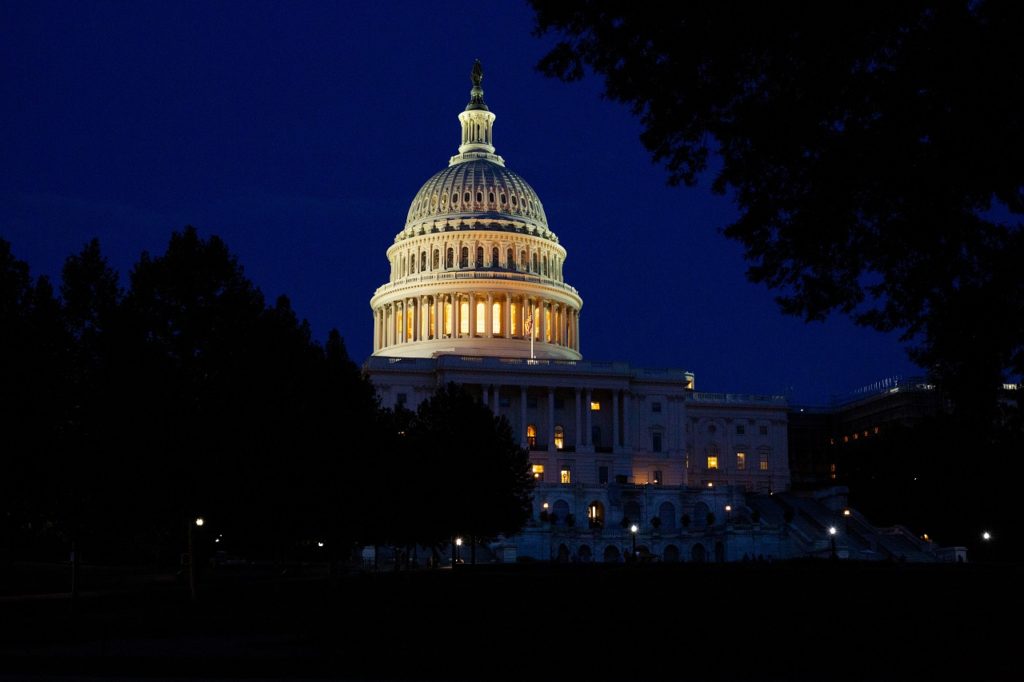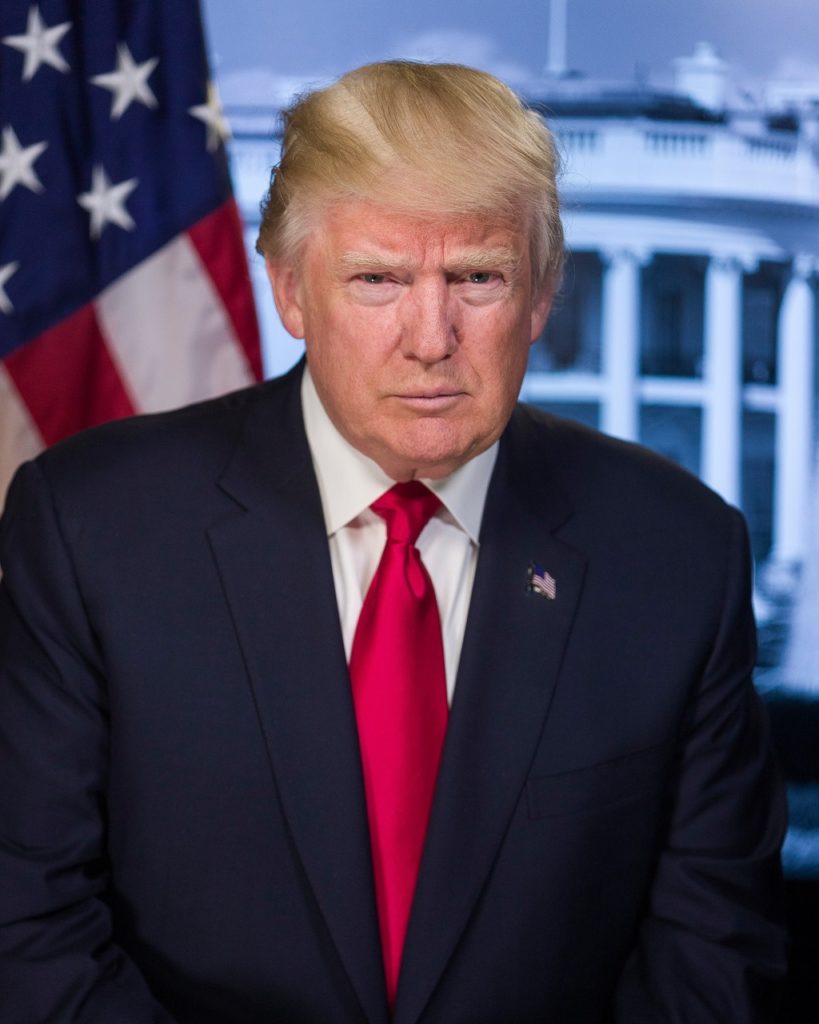You may have heard of the recent executive order issued by President Trump to stop immigration to the US, following the outbreak and spread of the Coronavirus (COVID-19) pandemic. This is just one of many such presidential directives issued by every American president since the very first one in 1789 when George Washington took office.
But what is an executive order anyway? And, why does it seem to be like an instant law once the President signs it? This article explores the answers to both these questions, as well as its constitutional implications.
Executive Order Definition
It is a written, signed, and published presidential-directive, whose purpose is to manage federal government operations. It is important to distinguish it from the other two types of presidential documents that exist even though they may appear quite similar.
One of these is a proclamation. It communicates information on trade, federal observances, commemorations, and holidays. The other is an administrative order and includes things like messages, letters, notices, and memos. These are used to manage administrative matters in the federal government.
Proclamations, administrative, and executive orders by the president all get published in the Federal Register. The federal government publishes this daily journal to keep the public up to speed on all federal actions and regulations that exist. The National Archives also catalogs these documents.

Keep in mind that proclamations and executive orders are backed by the force of law, as is the case with any other regulations that federal agencies issue. They are classified under Title 3 of the Code of the Federal Regulations – a formal repository for all the rules and regulations issued by both the executive arm of government, and other federal agencies.
Congress on Executive Orders – Who Has the Final Say?
It’s important to note that executive orders are not legislation, although they are backed by law. Nonetheless, the President does not need approval from Congress to issue one, nor does Congress have the power to overturn it.

That is not to say that Congress is powerless. Legislators can pass laws that make it difficult or sometimes even impossible for an executive order to be carried out.
Nonetheless, only a United States President in office has the power to overturn an order that’s already in force. They would have to issue another one in its place to negate the effects of a previous one.
How Are Executive Orders Numbered?
If you wanted to peruse both the contemporary and historical executive orders that various presidents issued in the course of their tenure, there are several resources you can use to do this. A few excellent online repositories include:
- The White House – Here, you’ll find all the executive orders in PDF format related to the current presidential administration, as relayed by the White House press office.
- The National Archives and Records Administration – Here, you’ll find everything related to the US government, including executive orders. They are searchable by topic, number, or by date. You to view them as text or PDFs within the specific Title # of the US Code of Federal Regulations or in the Federal Register.
- The American Presidency Project – This is a repository maintained by the University of California, Santa Barbara. It has most of the executive orders dating back to the early years of the 19th century. They are searchable by the year in which they were issued.
All orders are numbered consecutively and can be referenced by their assigned number, topic, or date. At the time of writing this, there have been more than 13,769 orders issued since 1789 when George Washington first took office.
Presidential Executive Orders Limits
While some of the recent executive orders by President Trump have been controversial, it raises questions on the extent to which they apply. Is there a limit? Before discussing the answer to this question, you’ll first need to understand what it is that makes them so controversial.
There are three branches of the United States government. Congress – the legislative arm that makes the laws, the executive branch – made up of the President, Vice President, Cabinet, Federal Agencies, etc., whose function is law enforcement, and the Judiciary – made up of the Federal and Supreme courts, and is charged with evaluating these laws. Here’s why they are sometimes so controversial.
The wording of these documents has to be carefully formulated, in a way that is seen to be working with the law, and not against it. Opposition parties may often accuse the executive of overstepping their mandate when they issue orders that appear to contravene the law.
This would be in direct contradiction to Article II of the Constitution that vests executive powers in the sitting President, making him the commander-in-chief. Article 2 presidential powers also stipulate that the President “shall take care that the laws be faithfully executed.”
When a president issues too many orders, it appears as though they are unable to push their agenda through Congress and the courts. There is a limit, though. The President cannot use executive orders to create new laws or allocate funds from the US Treasury for a particular purpose. That is strictly reserved for the law-making arm of government.
Examples of Executive Orders

Some of the executive orders (EOs) that have generated a lot of controversy in recent times include:
- President Trump’s EO aimed at preventing online censorship
- President Trump’s EO aimed at boosting security at the US-Mexico border by directing federal funding towards the construction of a wall
- President Trump’s EO aimed at revising the provisions of the Affordable Care Act (Obamacare)
- President George W. Bush’s EO aimed at enhancing more aggressive surveillance after 911
Executive Orders May Be Powerful, But They Have Their Limits
An executive order is by no definition of the word, a “law”. So, a sitting president cannot use it to create new legislation or appropriate funds from the US Treasury.
Its function is to instruct federal agencies on how to act – within the confines of the Constitution and the laws passed by Congress.
If you have any questions, chat online with a Laws101.com attorney to get legal guidance on your specific query.
